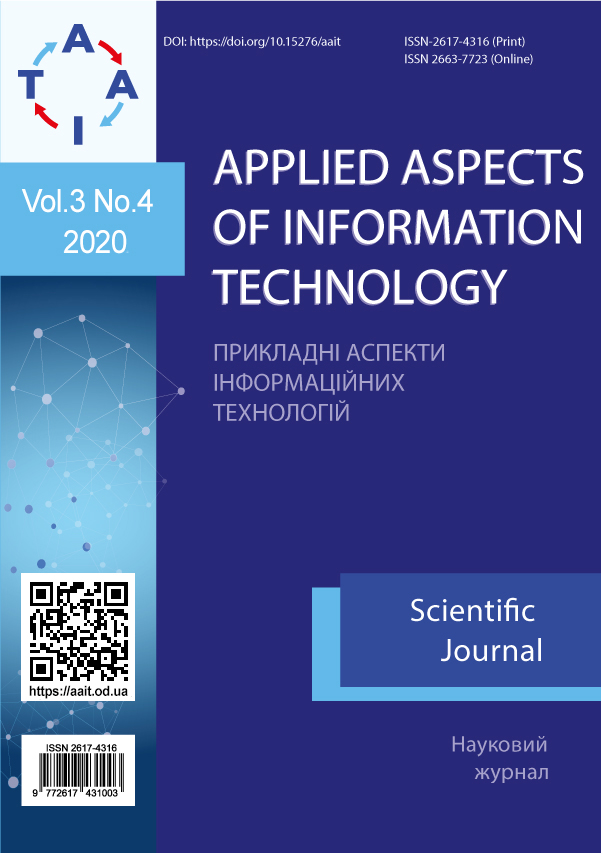Complex-shaped parts grinding technology information ensuring
Main Article Content
Abstract
A method of computer-aided design and manufacture of complex-shaped parts of machines and implants from difficult-tomachine materials (titanium, cobalt-chromium alloys, zirconium dioxide, etc.) has been developed, based on the principles of building an integrated CAD/CAM/CAE system of computer-aided designing and a hierarchical intelligent numerical control system. It is shown that kinematical mechanisms created over the past several centuries do not allow reproducing with the required accuracy the joints movement of living organisms for their use in biomedical implantation technologies. Therefore, the worn out joints of living organisms are reconstructed by adding complex-shaped parts from these difficult-to-machine materials. Information about the geometric shape of these parts (3D model) at the pre-production stage is obtained using modern methods of computed tomography and magnetic resonance imaging, and at the production stage the actual location of the stock grinding allowance is measured by laser (or tactile) scanning. To reduce the unevenness of the position of the grinding stock allowance, the workpiece of a complex-shaped part before grinding is oriented in the coordinate system of a CNC machine based on the established criterion for minimizing the allowance. An example of such orientation of the gear workpiece is given. This workpiece is measured with a Renishaw tactile probe on the left and right sides of the gear valleys before gear grinding. Both the minimum allowance on the left and right sides of the valleys and the difference between them are determined, and then additionally the gear wheel blank is rotated in the appropriate direction to align these minimum values detected. In turn, the aligned minimum allowances, should be sufficient to compensate for the influence of technological factors from the previous operation and the error in setting the workpiece for this operation. For complex-shaped implants, such an additional orientation is performed, for example, according to algorithms for ensuring the minimax value of the allowance.



